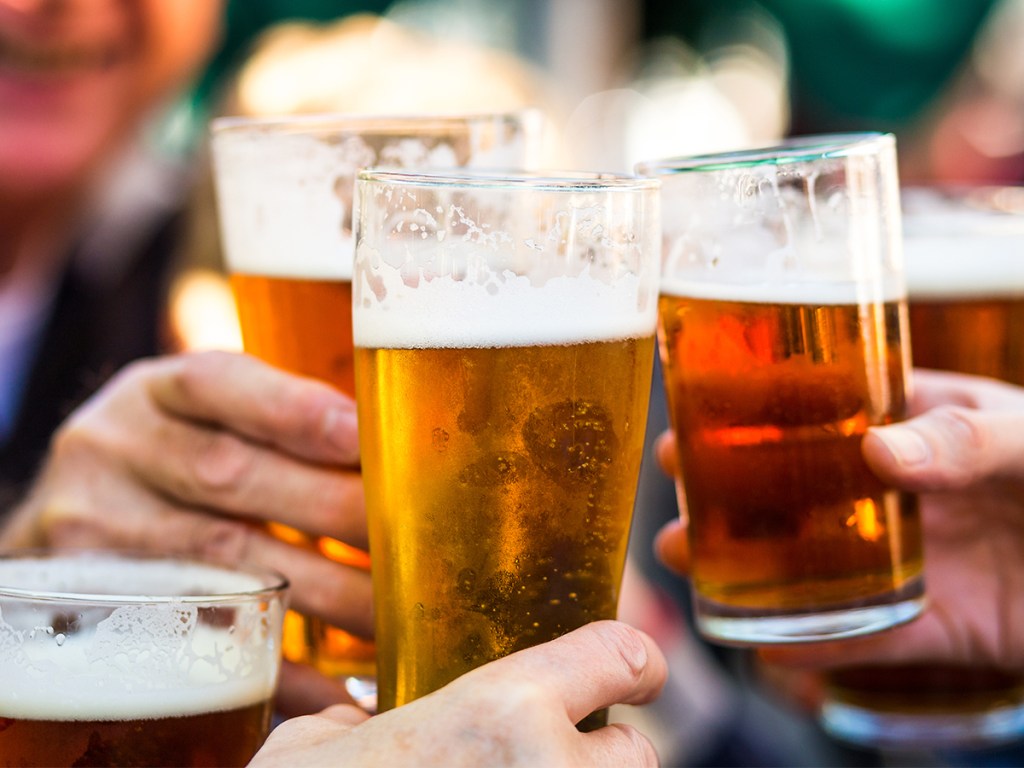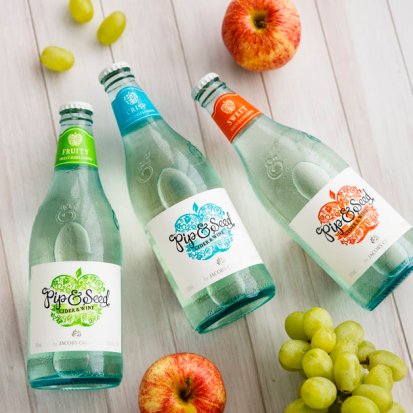IWSR anticipates that the beer category will remain largely buoyant in 2023, with forecast volume growth of between +1% and 2%.
Despite the uncertainty created by ongoing macroeconomic and geopolitical challenges, IWSR says there remains many opportunities for beer globally.
While the cost-of-living squeeze is taking hold in many markets, IWSR expects that beer – seen as ‘an affordable luxury’ – will remain largely resilient as consumers defer bigger-ticket purchases.
Ongoing on-premise recovery
Although beer sales in the on-premise are still expected to reach pre-COVID levels by 2025, the fragile economic environment is likely to delay the recuperation of alcohol sales generally in the on-premise channel.
IWSR predicts this will have implications for the brewing community and, notably, the smaller craft players, which are more reliant on these outlets.
Inevitably, pressure on disposable incomes this year may discourage footfall in pubs, bars and restaurants, but some share should shift back to the off-premise, with sub-channels such as ecommerce expected to gain share.
Improving results in the top three markets
The biggest worldwide market for beer, China, underperformed last year due to the return to strict lockdown conditions.
But with China re-opening its borders in January 2023 after three years of travel restrictions and quarantine requirements, IWSR says the on-premise is expected to enjoy a bounce-back, boosting the channel and the beer category as a whole.
Some brewers have already reported seeing a notable rebound in markets in the Asia-Pacific region last year as COVID-related restrictions were eased, particularly in Vietnam, Malaysia, Cambodia and Indonesia.
The rate of decline in beer is easing up slightly, and RTD growth has slowed due to a highly saturated hard seltzer segment. The rise of the seltzer hit beer sales hard in the States but in other markets around the world the threat to beer from seltzers now looks to be less pronounced than it was a year or so ago.
Growing importance of ecommerce in beer
Across the 16 most influential ecommerce markets, beer will generate the fastest online growth over the next few years: together with cider and RTDs, it will account for nearly a quarter of ecommerce value sales by 2026 as the major brewers increasingly recognise the opportunities that this channel has to offer and view it as the direction of travel longer term.
AB InBev and Heineken, for example, are not only investing in selling to consumers online, but also in building their digital B2B platforms to service their trade clientele, especially in emerging markets where the traditional trade remains very important.
Two examples are AB InBev’s Bees app and Heineken’s Heishop. In Q3 of 2022, Heineken reported that in the first nine months of 2022, it more than doubled its ecommerce sales.
Premiumisation continues to grow despite shrinking disposable incomes
The online environment is well suited to promoting premium brands, and the expansion of online beer sales should help to facilitate the ongoing premiumisation of the beer category.
Despite the inflationary pressures of 2022, the process of premiumisation appears to be enduring and is likely to again this year, says IWSR.
This was very evident not only in China and Asia-Pacific last year but in markets across the globe, as brewers focused on selling their higher-end brands and consumers spent more on their at-home experiences to compensate for less frequent horeca visits.
This trend is expected to continue into 2023 as consumers increasingly perceive beer as an ‘affordable luxury’, thus propping up value within the category.
No-alcohol segment to make further gains
Premiumisation will mean that value will outperform volume performance, which will have a positive impact on brewer margins.
No-alcohol beers are normally not liable to any duty but often still command an attractive retail price for operators. Widening availability, increased marketing support, innovation, better-tasting product and rising consumer engagement are driving opportunities for the segment.
Technological advances will mean that, in 2023, we will likely see more draught no-alcohol beers feature in the on-trade, giving them even more of a presence. More NPD is expected from brewers, with alcohol-free brands such as Lucky Saint raising over £10 million in Series A funding – the largest by an alcohol-free brand in Europe – in January 2023.
What does the future hold?
Although 2023 will be another year of uncertainty for brewers, the positive factors are expected to outweigh the negative ones, and the next 12 months are forecast to deliver growth. A slackening of inflationary pressures and an end to the war in Ukraine would trigger a considerably more upbeat set of results.
Did you know?
There are six ways you can catch up with The Shout NZ?
Our print magazine – new issue out soon! Subscribe here.
Online, updated daily with its own unique content and breaking news.
Our weekly newsletter – free to your inbox! Subscribe here.
Our digital magazines – the latest issues are online now.
We are also on Facebook and Instagram!




